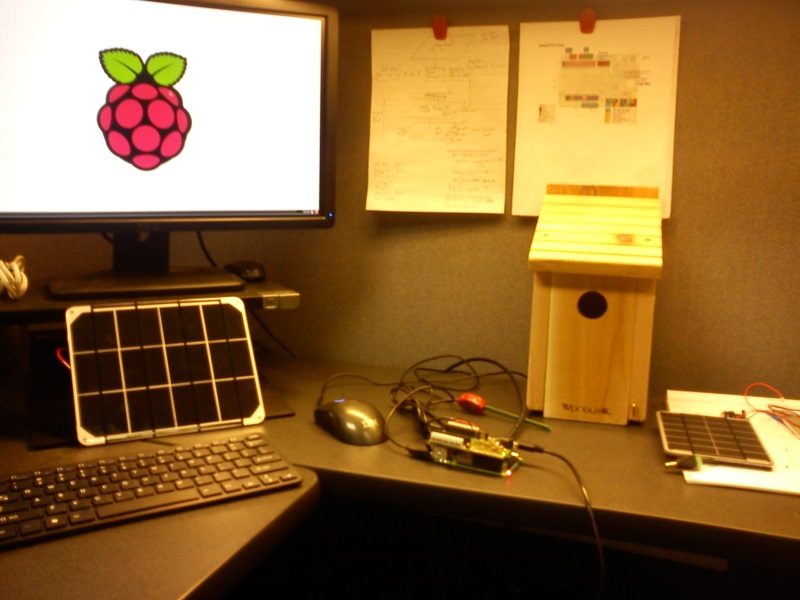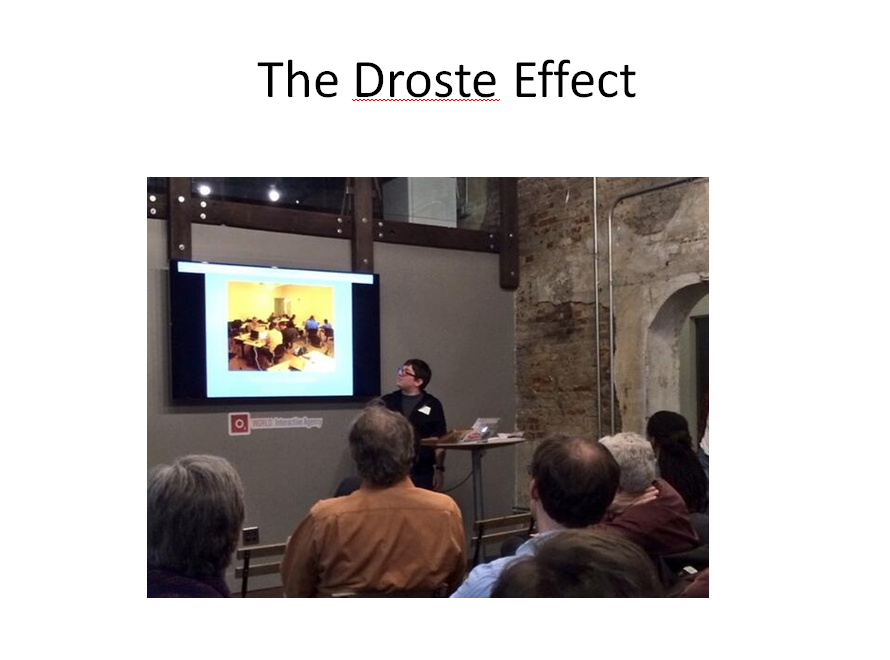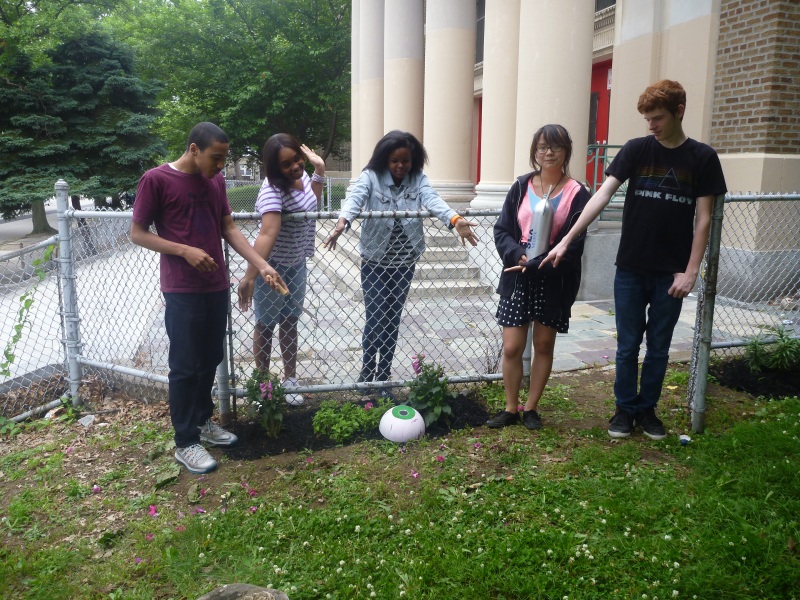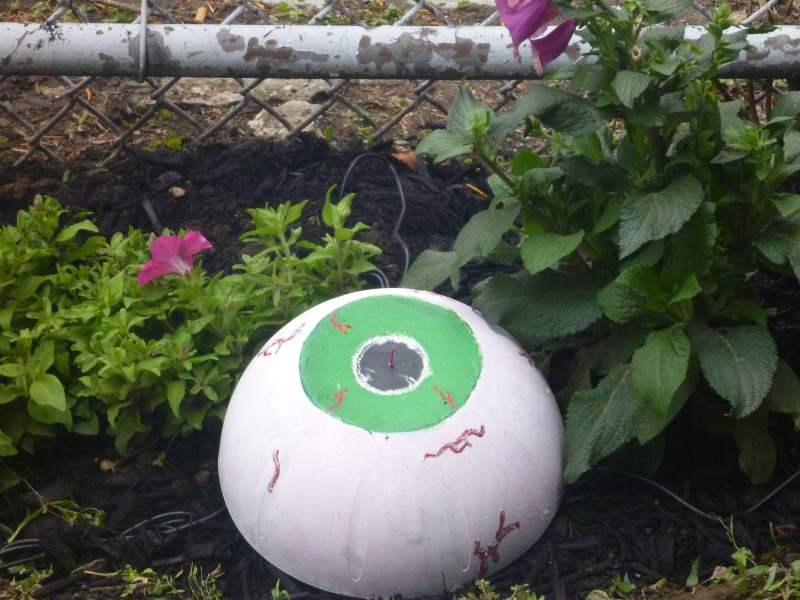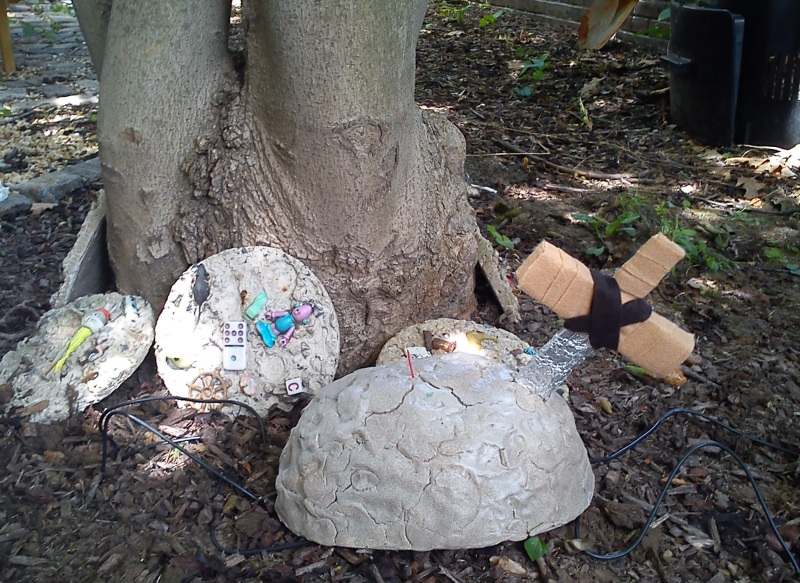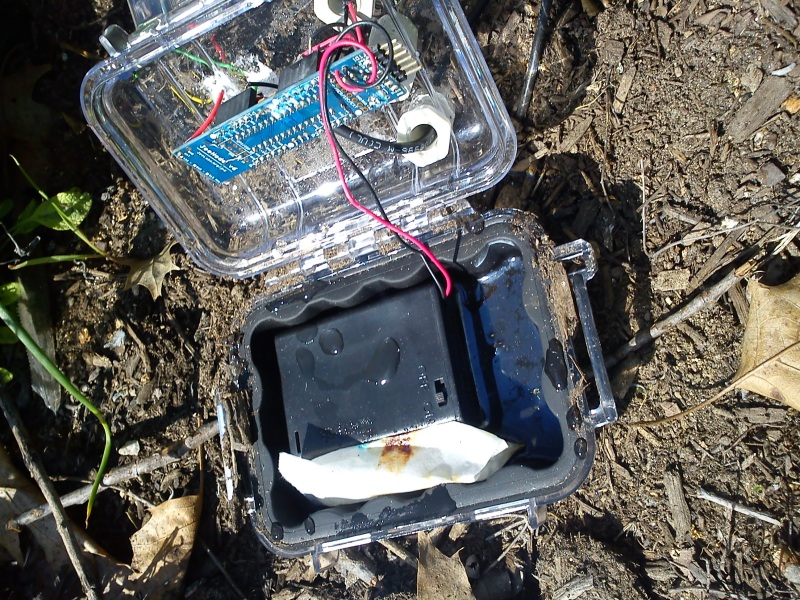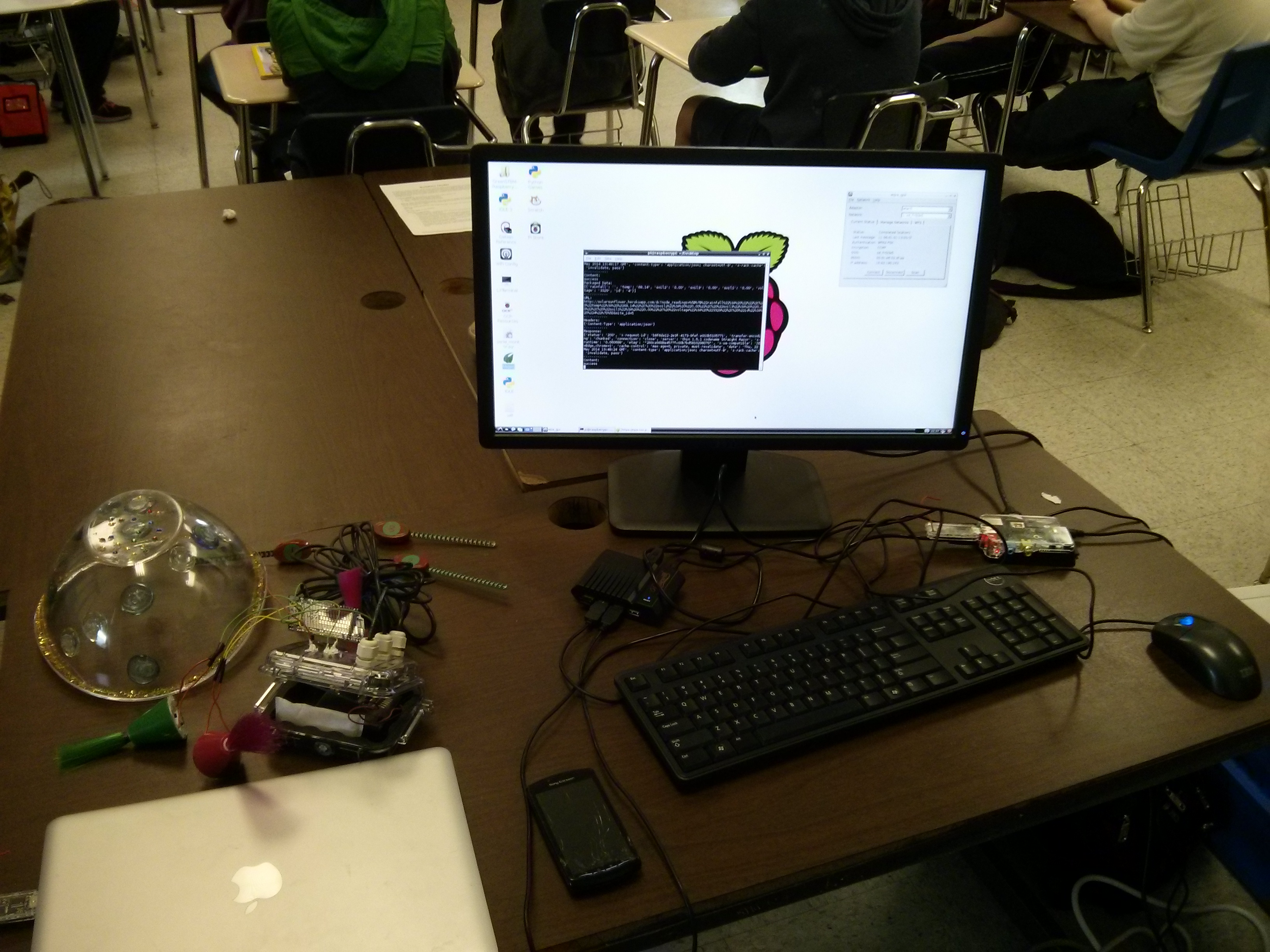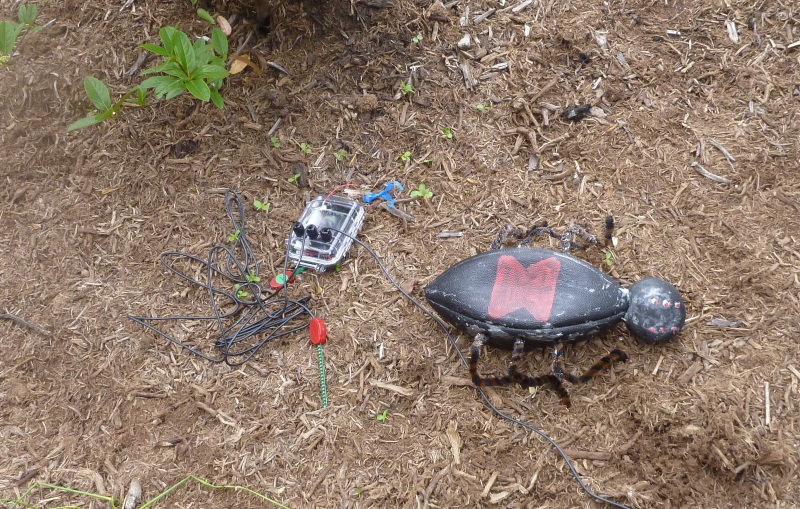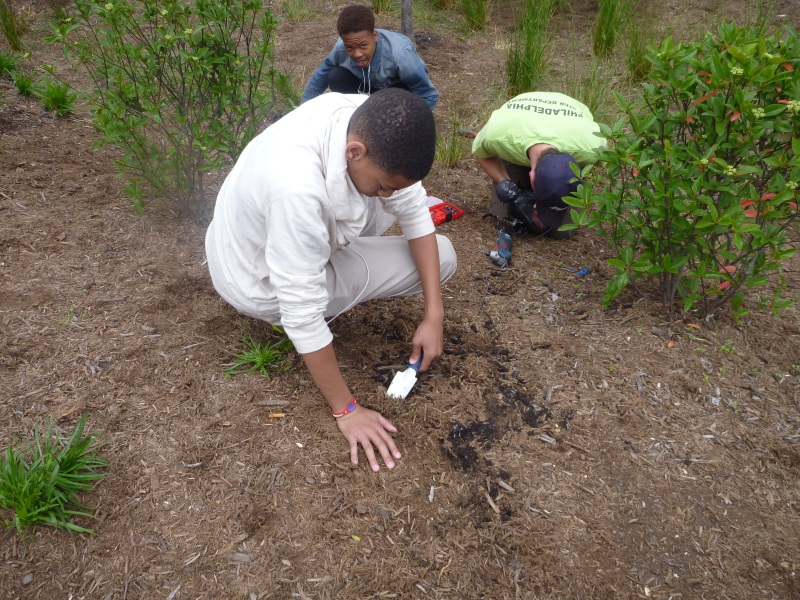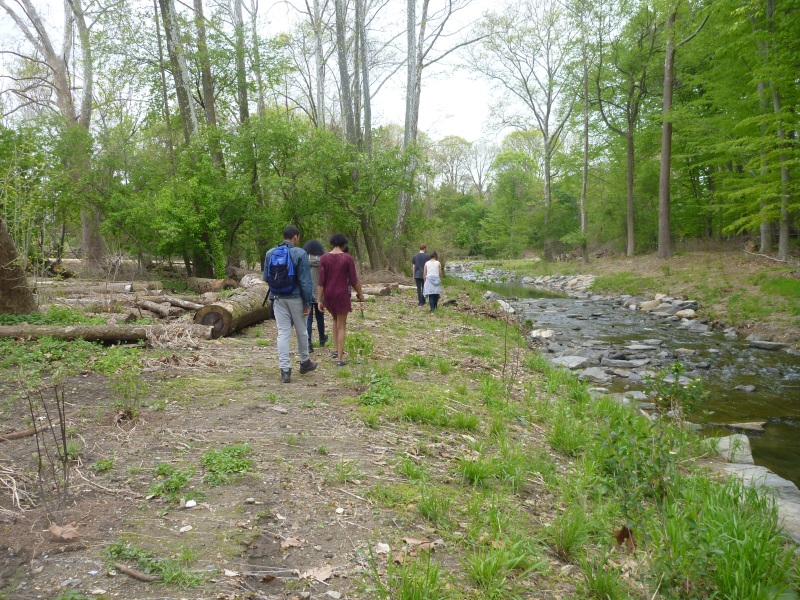Thank You, Philly
As Thanksgiving approaches, we wanted to make sure we recognized how much greenSTEM has benefited from Philadelphia’s collaborative spirit. Last week, MilkCrate‘s Morgan Berman gave a very nice shout-out to greenSTEM in her blog post about how the city’s tech and hacker scene has supported her sustainability app. Berman is absolutely correct about the explosion of multi-disciplinary collaboration in Philly and the positive results.
Berman also mentions Hive76’s Brendan Schrader, who passed away in August. Hive76 is a makerspace I visited one snowy night in 2013 when were just starting to solder circuit boards for our sensor kits. Brendan was kind enough to set me up with some soldering equipment and give me some tips.
Most weeks, greenSTEM is represented at weekly Code for Philly meetups, and we’re thankful for all the people who organize and attend the event and the input and advice we’ve received. Thanks to Chris Nies, Kevin Clough, Lloyd Emelle, and everyone at Jarvus.
Thanks to all the schools, students and teachers we worked with this spring. Special thanks to SLA Beeber’s Dave Sokoloff, who left for Connecticut this year but connected us to a great school that we continue to work with. And none of this real-time sensor stuff would be possible without George Li from the School District of Philadelphia connecting us to the web.
We’re thrilled to have received seed funding from Drexel’s ExCITe Center. Updates on that collaboration will be coming soon.
PWD and the Fairmount Water Works have supported this project from the beginning, and we’re excited to move it forward in the spring and expand the number of schools and students involved.
I hope this didn’t sound like an acceptance speech, because we’ve got so much more to do. If you didn’t already solve the riddle of the previous post, solar-powered, web-connected, sensor-enabled birdhouses are in the works. We’ll be documenting their development on this blog, just as we did with the Root Kit. Spoiler alert: I am a terrible carpenter.

